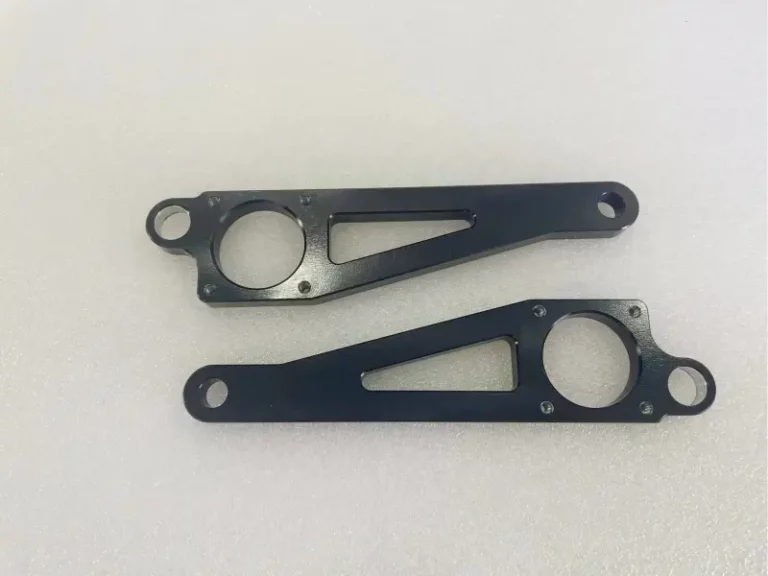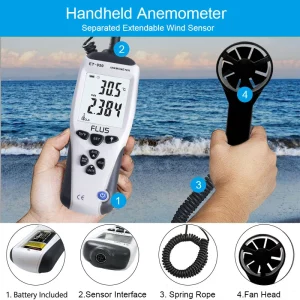RECENT POSTS
Share:
- October 18, 2024
Table of Contents
An air speed meter, commonly referred to as an anemometer, measures the velocity of air. It can be used in various settings, from weather stations to wind tunnels, and even in the aviation industry. Traditional anemometers, such as cup and vane types, rely on mechanical components to gauge wind speed. However, advancements in technology have led to the emergence of digital and ultrasonic air speed meters, which offer greater precision and ease of use.
The Need For Innovation
As climate change and environmental concerns become increasingly pressing, the demand for accurate wind measurements is more critical than ever. Industries such as renewable energy, aviation, and agriculture rely heavily on precise data to make informed decisions. For instance, wind energy companies need accurate air speed meter readings to optimize turbine placement and efficiency. Similarly, pilots depend on reliable wind speed data for safe takeoffs and landings. Therefore, the future development of anemometers must focus on enhancing their capabilities to meet these growing demands.
Smart Anemometers: The FutureIs Digital
One of the most promising trends in the future development of air speed meters is the integration of smart technology. Smart anemometers equipped with IoT (Internet of Things) capabilities can transmit real-time data to cloud-based platforms. This allows for remote monitoring and analysis, enabling users to access wind speed information from anywhere in the world. Such advancements can significantly benefit industries like agriculture, where farmers can monitor wind conditions to optimize pesticide application or irrigation strategies.
Moreover, smart air speed meters can be integrated with other environmental sensors, such as temperature and humidity gauges. This holistic approach to data collection can provide a more comprehensive understanding of atmospheric conditions, leading to better decision-making across various sectors.
Enhanced Accuracy With Advanced Materials
The materials used in the construction of air speed meters are also evolving. Traditional anemometers often suffer from wear and tear due to environmental exposure. However, future developments may see the use of advanced materials such as carbon fiber and high-grade plastics that are more durable and resistant to the elements. These materials can enhance the longevity and reliability of air speed meters, ensuring that they provide accurate readings over extended periods.
Additionally, the incorporation of nanotechnology could lead to the development of ultra-sensitive sensors that can detect even the slightest changes in wind speed. This level of precision could be invaluable in fields such as meteorology, where understanding microclimates can lead to more accurate weather predictions.
Miniaturization And Portability
As technology continues to advance, the miniaturization of devices has become a significant trend. The future development of air speed meters may see the creation of compact, portable models that can be easily carried and deployed in various settings. This would be particularly beneficial for field researchers and meteorologists who require mobility without sacrificing accuracy.
Portable air speed meters could also be useful in everyday life. For instance, outdoor enthusiasts such as hikers and cyclists could use these devices to monitor wind conditions, enhancing their safety and enjoyment. The potential for consumer-grade air speed meters opens up new markets and opportunities for innovation.
Integration With Renewable Energy Solutions
The push for renewable energy sources has never been more urgent, and air speed meters play a vital role in this transition. Future developments in anemometers could lead to more efficient wind farm designs, optimizing turbine placement based on precise wind speed data. By integrating air speed meters with advanced modeling software, energy companies can simulate various scenarios and make data-driven decisions that maximize energy output.
0



